Most of us have a favorite city. New York, London, and Paris are high on most lists, but it could be any city. It becomes a favorite because we associate it with a visit, a person, or maybe even its skyline.
As a writer I’m interested in story telling but especially fond of those in which the city is not just a setting but a character. For example, it’s hard to think of anything by Charles Dickens’ – Bleak House, David Copperfield, Oliver Twist, even A Christmas Carol – where the city in not omnipresent and interactive. Fred Schwarzbach, author of Dickens and the City says, “He teaches us to read the city like a book.”
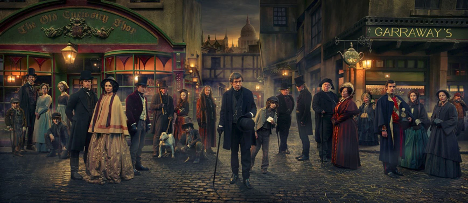
While Dickens is a good example, he isn’t the only writer whose city serves as a prominent character. It would be impossible, for instance, to separate James Joyce from Dublin. In Ulysses he takes the reader on a 24-hour romp through its bars and brothels, and in Dubliners and Portrait of the Artist as a Young Man the city is as central to the narrative as the personalities of Stephen Daedalus and Molly Bloom.
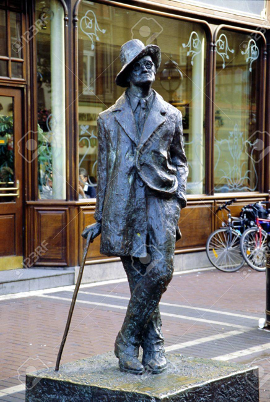
Mr. James Duffy lived in Chapelizod because he wished to live as far as possible from the city of which he was a citizen and because he found all the other suburbs of Dublin mean, modern and pretentious. He lived in an old sombre house and from his windows he could look into the disused distillery or upwards along the shallow river on which Dublin is built. (Dubliners, A Painful Case)
Joyce and Dickens involve the reader in their plain and gritty cities, but my favorite city-as-character fiction is Lawrence Durrell’s Alexandria, the heart of his masterwork The Alexandria Quartet. Each of the four volumes – Justine, Balthazar, Mountolive, and Clea – has a different narrator who takes us through his or her version of the same story of love and betrayal against the exotic backdrop of the decadent old city.
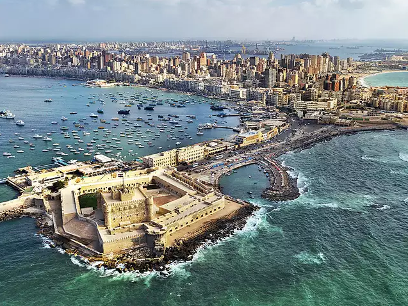
So, the city claimed me once more—the same city made now somehow less poignant and less terrifying than it had been in the past by new displacements in time. Some parts of the old fabric had worn away, others had been restored… For my part I had come to see it as it must always have been—a shabby little seaport built upon a sand-reef, a moribund and spiritless backwater. True this unknown factor, ”war” had given it a specious sort of modern value, but this belonged to the invisible world of strategies and armies, not to ourselves, the inhabitants; it had swollen its population by many thousands of refugees in uniform and attracted those long nights of dull torment which were only relatively dangerous, for as yet the enemy was confining his operations strictly to the harbour area. Only a small area of the Arab quarter came under direct fire; the upper town remained relatively untouched, except perhaps for an occasional error of judgment. No, it was only the harbour at which the enemy scratched and scratched, like a dog at an inflamed scab. A mile away from it the bankers conducted their affairs by day as if from the immunity of New York. (Clea, Book II)
I always admire the way travel writers develop a sense of place as they describe a city, but city-as-character writers use them in a different way–as a cloth to wrap their stories in. Good writing is good writing regardless of its setting, but creating complex literary fiction using the city-as-character technique sets these authors apart.
Maybe the best example of a writer incorporating the city-as-character technique is Woody Allen and New York City. Between 1966 and 2005 he wrote 35 screen and stage plays located there and set them to quintessentially American music by Cole Porter, Irving Berlin and George Gershwin. Best known is Manhattan (1979) where every frame from every angle in every season reveals its character – all in black and white.
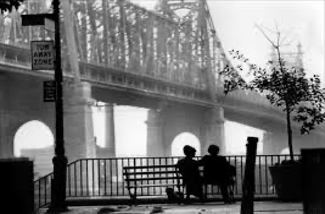
From his early films like Play It Again Sam and Annie Hall to Manhattan and Bullets Over Broadway Woody was writing this extended love letter to Manhattan – its people, its idiosyncrasies, its diversity, and its architecture – because, above all, Woody Allen is in love with New York City.
In 2005 he began setting his stories in other cities, Match Point in London, Maria Christina Barcelona in Barcelona, Shadows and Fog in Berlin, and my favorite, Midnight in Paris. One critic suggested he started using foreign locations after he had filmed every street corner in Manhattan.
Don’t be misled when I discuss Allen as a writer just because you know he began as a standup comic or heard he’s involved in a messy family story. He’s a literary genius. What Joyce was to Dublin and Victor Hugo was to Paris, Woody Allen is to New York.
In the future, as you read a novel or view a film maybe you’ll notice settings in a different way. Do they inform the reader as a character would? Do they place the other characters in context? What part do they play in the unfolding of the story? Do they or impose themselves on the characters or just provide a backdrop? You decide but you may read differently if you do.
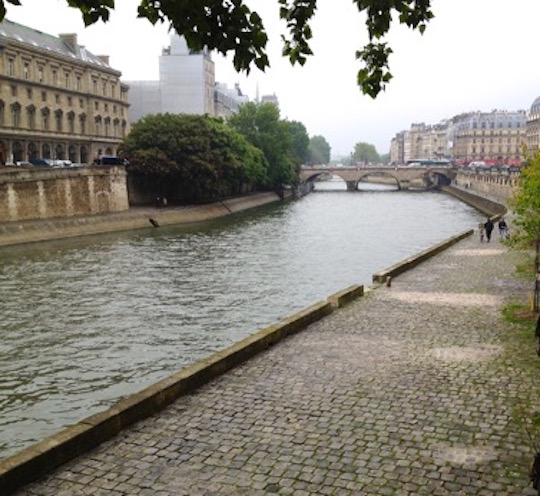
































For the ultimate paean to great cities, read Jane Jacobs.